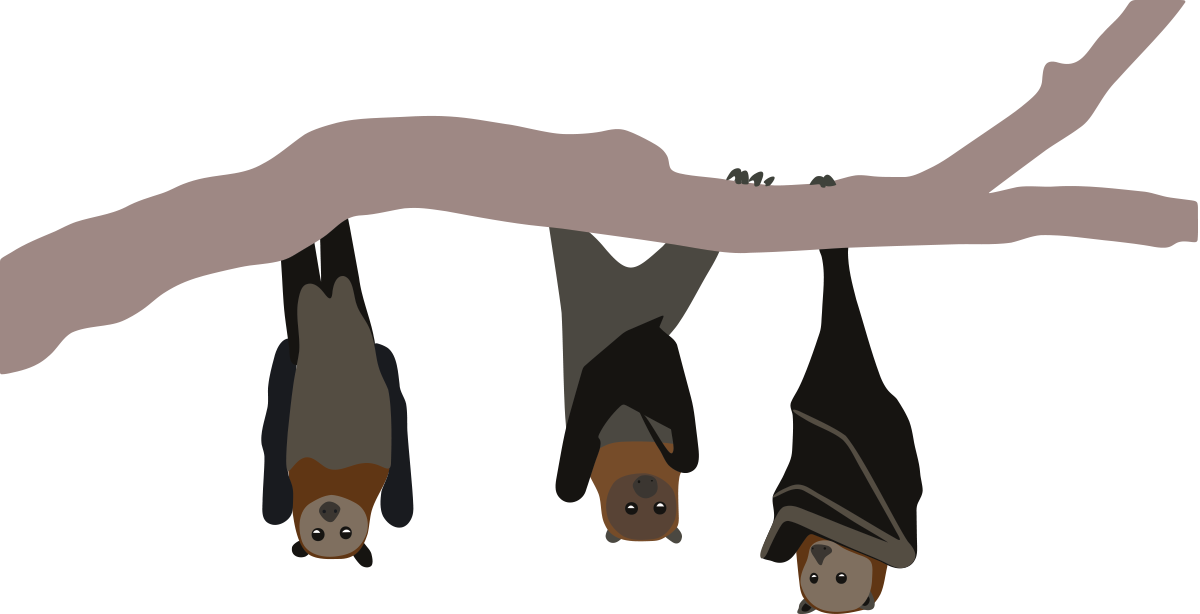
Black cats, witches’ hats and flying bats: These spooky silhouettes scream Halloween fright. Did you know that, unlike what’s depicted in many creepy tales, bats are actually good guys in the story of our environment and surroundings?
Bats have been a symbol of Halloween for about 150 years. This widespread association started with Bram Stoker’s classic 1897 novel, Dracula, which forever linked bats with blood-sucking vampires, but some tales date to the Middle Ages. This is where the stories we know about bats begin to create inaccurate and negative associations; there are about 1,400 species of bats in the world, and only three species drink blood. The hundreds of other bat species primarily eat only insects and the nectar of fruit and flowers. One South American bat is an excellent fisher and, much like birds of prey, has large feet and claws, allowing it to grab fish out of water.
Bats are often vilified due to their spooky association and have been for decades – a depiction that has costly impacts. These misunderstood mammals are in decline while their value is underappreciated. Bats play a critical, positive role in all environments around the world.
At Colorado State University, bats are a central focus of several research efforts, including ways to protect and advocate for bat populations, the role bats play in infectious diseases, and their role in ecosystems.
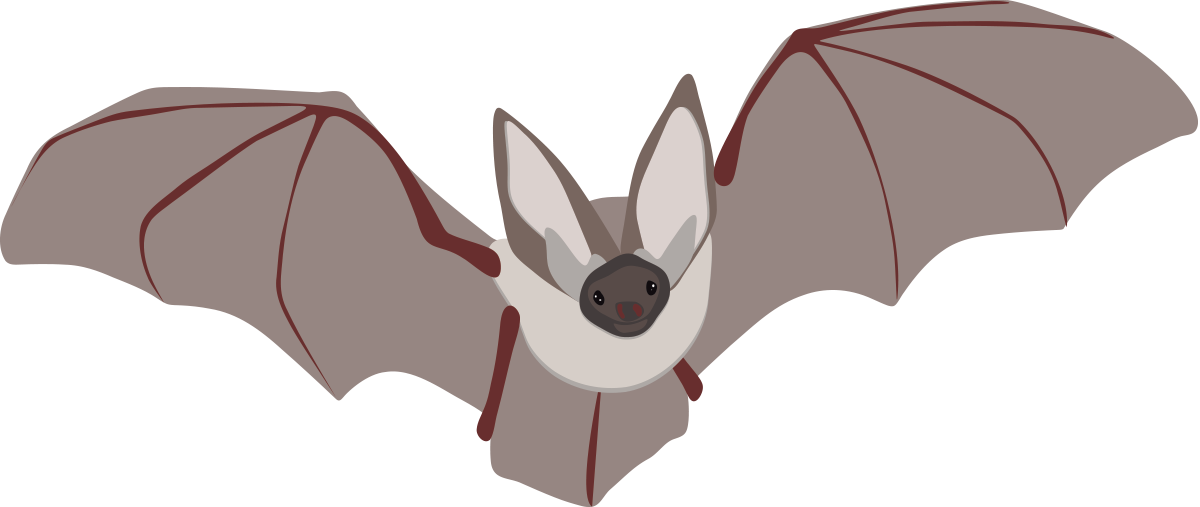
Bat benefits
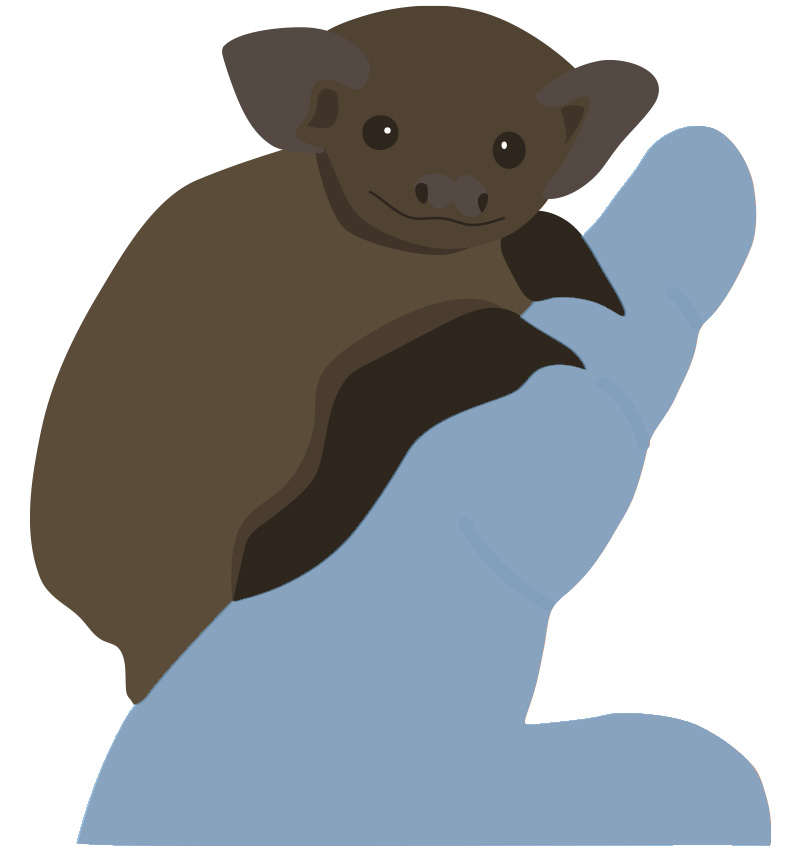 These bat facts are frighteningly fascinating.
These bat facts are frighteningly fascinating.
1. Bats are the only mammals capable of flight.
2. Flying foxes are the largest species of bats; their wingspan can be up to six feet. The smallest bats are called the Kitti’s hog-nosed bat, or the bumblebee bat, and weigh less than a penny with a body length of one inch. They are the world’s smallest mammal.
3. Bats can live for up to 30 years and some species even longer. In 2006, a bat in Siberia set the world record for living 41 years. (U.S. Department of Interior)
4. In the United States and Canada, there are about 45 species of bats.
5. At least a dozen bat species in the United States are in decline or listed as endangered, according to the Nature Conservancy and the U.S. Department of the Interior.
6. Many species of bats consume at least their body weight in insects every night, keeping mosquito and other bug populations in check. It’s estimated that they save the agricultural industry more than $3.7 billion a year in pest control, according to the USGS https://www.usgs.gov/faqs/why-are-bats-important.
7. Speaking of bumble bees, bats are also a critical pollinator of plants, and in fact are the only pollinators of some plants. Without bats, we would not have bananas, avocados, mangos or agave (which gives us tequila). More than 300 species of fruit depend upon bats for pollination – including cacao, which is the main ingredient of chocolate. A night of trick-or-treating without chocolate?? Now, that is a ghoulish thought.
8. In addition to their vastly important role in our food supply, bats are also responsible for pollinating plants that produce or play a role in 80 different medications (U.S. Department of Interior).
9. Research on bats has also led to advancements in vaccines and in better understanding diseases.
10. Bats are extremely fast – some species can fly up to 100 miles an hour. When flying, their hearts can beat 1,000 times a minute.
11. Bats are generally clean. They frequently groom themselves much like cats do, and some species groom each other.
12. Baby bats are called pups. Most species of bats bear only a single baby per year. Because bats have among the lowest reproductive rates of all mammals, they are also at high risk for declining populations.
13. When a bat is being born, the female mother does not hang upside down. Instead, it roosts head up and catches the baby, then places it in a pouch where it can travel with her until it is grown enough to leave it while she forages for food at night (Smithsonian Institute).
14. A group of bats is called a camp, cloud, colony or flock.
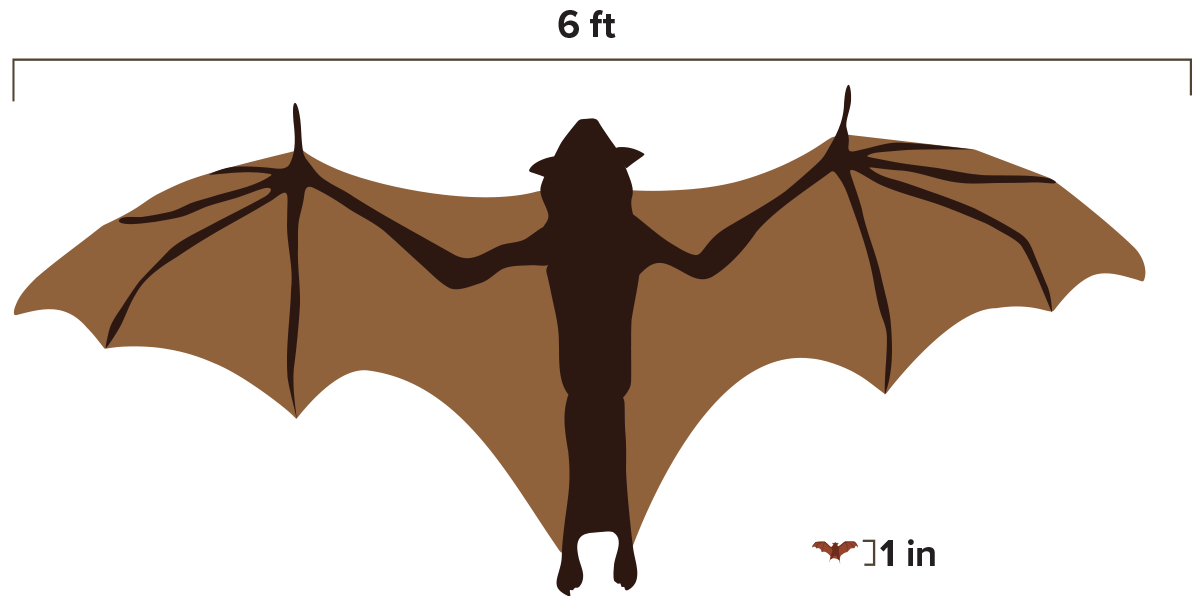
15. Bats are not actually blind, but they are equipped with a special navigation system – called echolocation – that uses waves of sound to help them understand their surroundings in addition to using their eyesight – which is excellent.
16. Did you know that Fort Collins is a lynchpin in bat conversation and study? A North American Bat Monitoring Program through the USGS is centered in Fort Collins. This group tracks bat populations and monitors for threats like white-nose syndrome, a fungus that attacks and kills bats, leading to population decline. https://www.usgs.gov/centers/fort-collins-science-center/science/north-american-bat-monitoring-program-nabat
17. There are 19 species of bats in Colorado.
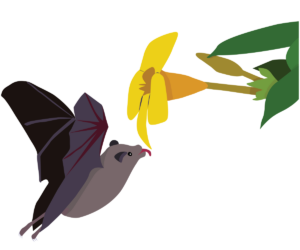 18. It is rare to see a bat. They are small, fly and eat only at night, and avoid people. But don’t be fooled; there are many bats along the Front Range, including those roosting in attics, buildings and backyards and other environments. If you are out at dusk, you may also see bats taking flight for the evening.
18. It is rare to see a bat. They are small, fly and eat only at night, and avoid people. But don’t be fooled; there are many bats along the Front Range, including those roosting in attics, buildings and backyards and other environments. If you are out at dusk, you may also see bats taking flight for the evening.
19. While bats can become infected with rabies and spread the disease, the belief that all bats carry rabies is not true. Only a small percentage of wild bats have rabies, with expert estimates as low as a fraction of 1% (https://www.si.edu/spotlight/bats/batfacts). Rabies is fatal to bats – bats die from this infection like all other mammals, within a few days, so they do not live and spread the disease indefinitely.
20. Never pick up or touch a wild bat if you see one; this could be an indication that it is sick.
21. If you want to attract bats to your area to help eat mosquitoes and other bugs, you can hang a roosting box, or a bat house. https://njaes.rutgers.edu/fs1269/
22. Not all cultures villainize bats. The Aztec culture celebrated a bat-like god called Mictlantecuhtli, their God of the Dead.
23. The scientific name for bats is Chiroptera, which means “hand wing.” This is because bats have a thumb and four fingers that are connected by skin that make up each wing.
24. Scientists believe bats first appeared more than 50 million years ago. Bats are not rodents and not even related to the rodent family. They are more closely related to horses, cattle and whales than they are to humans or rodents.
25. White-nose syndrome is a fungal disease that scientists started to track in 2006. Since then, it has killed at least 7 million bats. Bats with the syndrome develop a fungus on their nose, ears and wing membranes, weakening their immune system and interrupting their winter hibernation, depleting their fat reserves.
 26. Bats are also threatened by disruptions to their habitat, including pesticides, contaminated water, wind turbines, solar energy panels and farms, open space development, and light pollution, as well as changes to agricultural practices that diminish food source diversity in their food supply.
26. Bats are also threatened by disruptions to their habitat, including pesticides, contaminated water, wind turbines, solar energy panels and farms, open space development, and light pollution, as well as changes to agricultural practices that diminish food source diversity in their food supply.
27. During cold weather, bats either hibernate or fly to warmer climates.
28. It is illegal to own a bat as a pet because they are protected species, but you can encourage them to take roost in your yard.
29. You can help bats by using only natural pesticides in your garden and yard, because pesticides can harm bats and kill their food source – insects. Grow native plants and flowers that bloom at night to provide them with food, such as evening primrose, moonflowers, nicotiana and honeysuckle. Leave them a source of water to drink, too, such as a birdbath.
30. When you’re in natural areas, stay out of mines or caves where bats sleep and hibernate. When they are disrupted during hibernation, it forces them to use their fat reserves and makes it more difficult to survive a winter.
31. Got bats in your belfry? Bats are protected species and cannot be legally “harassed, entrapped, harmed or killed” in their natural environment or in roosting places in manufactured structures, such as a house or barn. For more information about how to exclude bats from structures – humanely, and ensuring that baby bats do not die if separated from their mothers – visit https://cnhp.colostate.edu/cbwg/excluding-bats-from-buildings/. (Killing bats roosting in an area won’t solve the problem; more bats will find that location. The only effective way to remove unwanted bats is to go through a process of excluding them from entering the structure.)